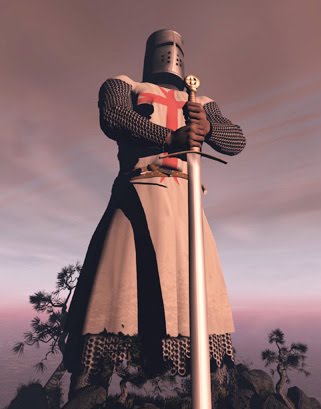Another Pauline passage sometimes offered as a challenge to Catholicism is the following:
Now the Spirit expressly says that in later times some will depart from the faith by giving heed to deceitful spirits and doctrines of demons, through the pretensions of liars whose consciences are seared, who forbid marriage and enjoin abstinence from foods which God created to be received with thanksgiving by those who believe and know the truth. For everything created by God is good, and nothing is to be rejected if it is received with thanksgiving; for then it is consecrated by the word of God and prayer. (1 Tm 4:1-5)
The claim is that Paul today would oppose the Catholic practices of a celibate priesthood—said to "forbid marriage"—and Lenten fasting and abstinence. These disciplines are described as, in Paul’s own words, "doctrines of demons."
Again, though, understood in proper historical context, we find that Paul was not referring to Catholic disciplines at all. Rather, he was speaking about Gnosticism, which opposed anything material and forbade marriage among its followers. And the Jewish faith’s dietary laws required complete abstinence from certain "unclean" foods. Paul opposed these doctrines.
In contrast, however, Paul embraced the Catholic disciplines of priestly celibacy and sacrificial abstinence (i.e. forgoing a good for a greater purpose). Consider these passages related to celibacy:
- To the unmarried and the widows I say that it is well for them to remain single as I do (1 Cor 7:8).
- I want you to be free from anxieties. The unmarried man is anxious about the affairs of the Lord, how to please the Lord; but the married man is anxious about worldly affairs, how to please his wife, and his interests are divided. And the unmarried woman or girl is anxious about the affairs of the Lord, how to be holy in body and spirit; but the married woman is anxious about worldly affairs, how to please her husband. I say this for your own benefit, not to lay any restraint upon you, but to promote good order and to secure your undivided devotion to the Lord . . . [H]e who marries his betrothed does well; and he who refrains from marriage will do better. A wife is bound to her husband as long as he lives. If the husband dies, she is free to be married to whom she wishes, only in the Lord. But in my judgment she is happier if she remains as she is (1 Cor 7:32-35, 38-40).
Also, recall Acts 14:23 (quoted above) in which Paul commends fasting: "[W]ith prayer and fasting they committed them to the Lord in whom they believed" (Acts 14:23).
These passages alone leave little doubt that Paul would approve of today’s Catholic disciplines of priestly celibacy and Lenten fasting and abstinence.
Reference: Catholic.com (This Article was taken from Catholic.com. No changes have been made to the text; it’s in the original format to preserve the explanation and integrity of the document. Written by a professional staff Apologist from Catholic Answers Live. I personally do not take credit for writing this article.)






